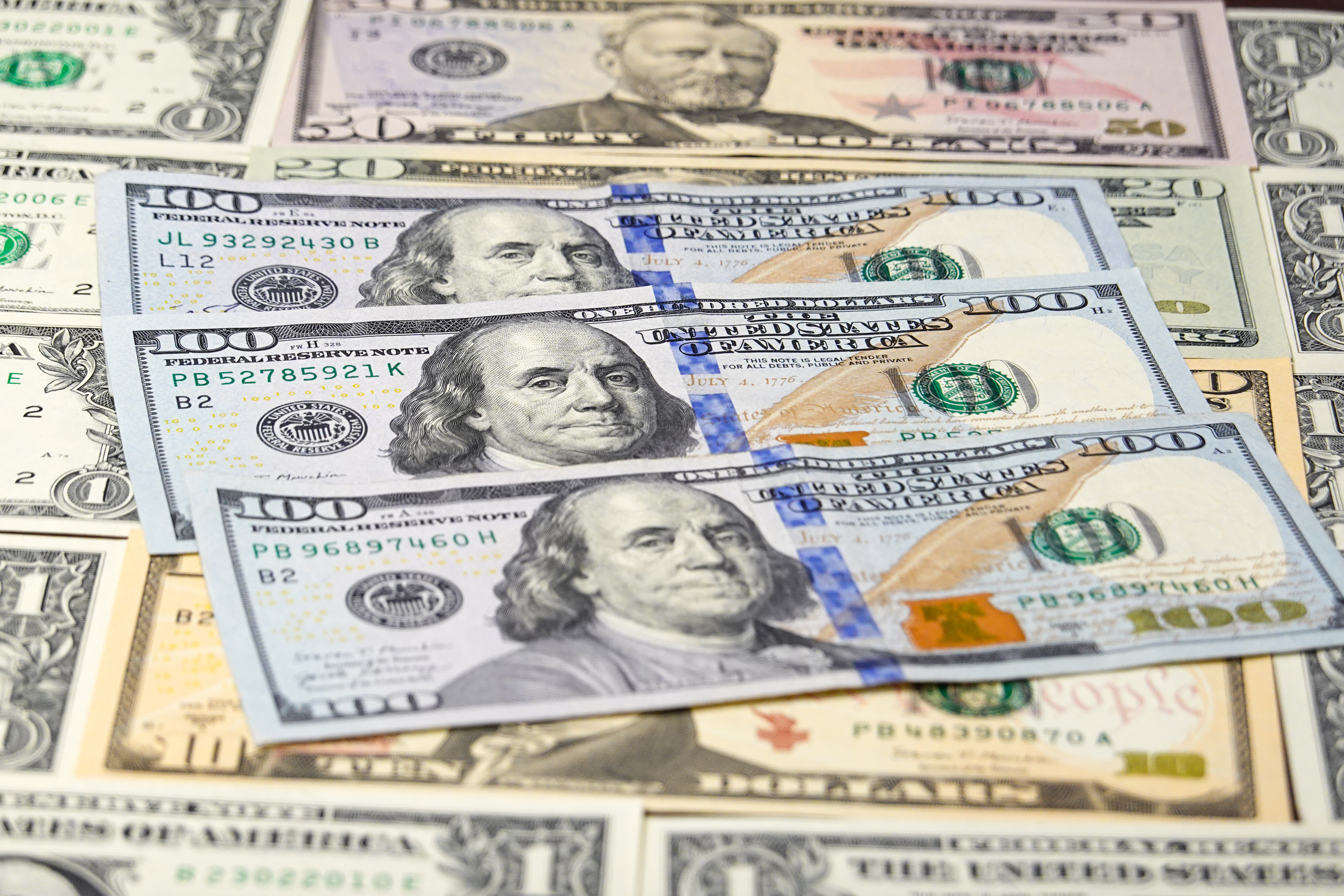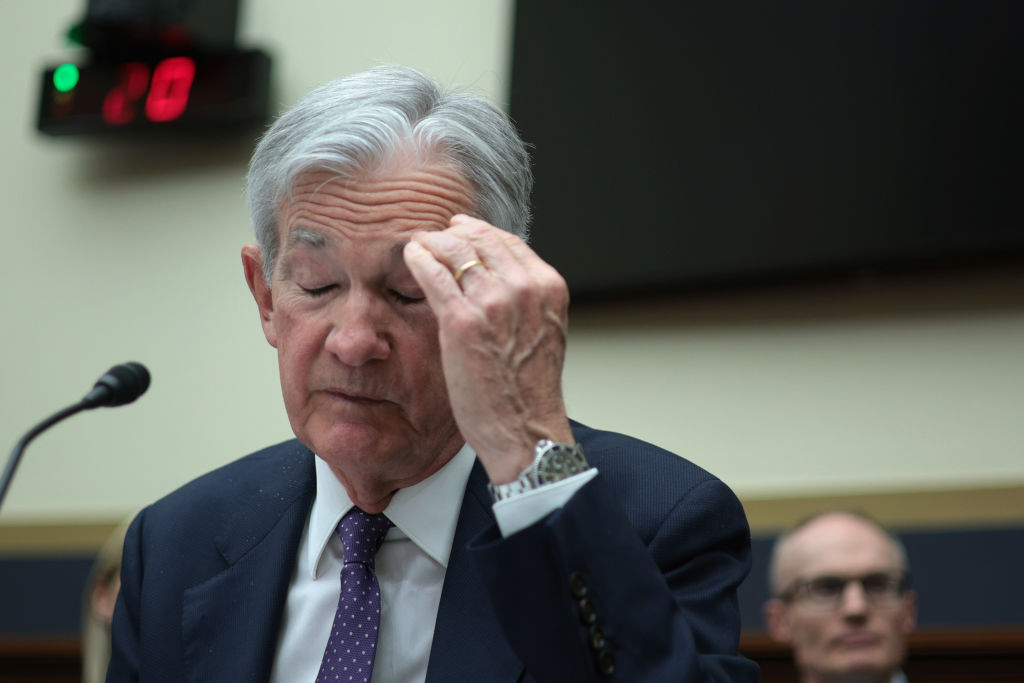A perfect storm for the gold price
The gold price has suffered a steep decline as investors' appetite for risk has risen.

The gold price has suffered one of its sharpest declines in years, says Andrew Critchlow in The Daily Telegraph. It sank by almost 6% last week to a four-year low below $1,170 an ounce. The yellow metal faces "a perfect storm", says Capital Economics.
Demand for a safe haven has fallen for several reasons, notably strong US growth. GDP expanded by a stronger-than-expected 3.5% in the third quarter and a weekly tally of claims for unemployment benefits slipped to a 14-year low.
There has been no sign of inflation yet either. A good GDP figure "without strong inflationary bias is a clear negative for gold", says HSBC.
MoneyWeek
Subscribe to MoneyWeek today and get your first six magazine issues absolutely FREE

Sign up to Money Morning
Don't miss the latest investment and personal finances news, market analysis, plus money-saving tips with our free twice-daily newsletter
Don't miss the latest investment and personal finances news, market analysis, plus money-saving tips with our free twice-daily newsletter
Strong growth raises the prospect of higher interest rates in the not-too-distant future, and as gold pays no interest it always suffers if other assets look set to yield more.
Last week, the US Federal Reserve ended its quantitative-easing (QE) programme and indicated that an improving labour market implied higher interest rates next year. Its unexpectedly hawkish tone reinforced the notion that higher rates will arrive sooner rather than later.
This also fuelled the rally in the US dollar, which has reached a four-year high when measured against a basket of major trading partners' currencies. When the dollar appreciates, commodities priced in dollars weaken, as it takes fewer dollars to buy them.
So it's no wonder investors are fleeing gold. Global holdings in exchange-traded products backed by the metal have dropped to their lowest level in five years. Usually, when investors rush for the exits, bargain hunters in the physical gold market jewellery and bars make up some of the lost ground.
China and India are two key sources of physical demand, but while demand from these sources has ticked up, it is unlikely to surge as there are currently "no gold-related festivals or holidays lurking", says Edel Tully of UBS unlike four weeks ago, for instance, when India was preparing for Diwali.
Despite all this, however, we continue to recommend holding 5%-10% of your portfolio in gold. Consider it insurance against a possible surge in inflation over the next few years.
There is clearly scope for turbulence as a debt-soaked world economy and overpriced markets come to grips with dearer money.
Investors could well come once again to appreciate an asset that, as MoneyWeek's Tim Price puts it, offers "independence, scarcity, and permanence".
Get the latest financial news, insights and expert analysis from our award-winning MoneyWeek team, to help you understand what really matters when it comes to your finances.

-
 Profit from leisure sector as consumers go on spending spree
Profit from leisure sector as consumers go on spending spreeThe UK leisure sector had a straitened few years but now have cash in the bank and are ready to splurge. The sector is best placed to profit
-
 Nationwide: Annual house price growth slows to lowest level in almost two years
Nationwide: Annual house price growth slows to lowest level in almost two yearsThe average house price went up by just 0.6% between December 2024 and December 2025, Nationwide Building Society said
-
 The challenge with currency hedging
The challenge with currency hedgingA weaker dollar will make currency hedges more appealing, but volatile rates may complicate the results
-
 Can Donald Trump fire Jay Powell – and what do his threats mean for investors?
Can Donald Trump fire Jay Powell – and what do his threats mean for investors?Donald Trump has been vocal in his criticism of Jerome "Jay" Powell, chairman of the Federal Reserve. What do his threats to fire him mean for markets and investors?
-
 Freetrade’s new easy-access funds aim to beat top savings rates
Freetrade’s new easy-access funds aim to beat top savings ratesFreetrade has launched an easy-access exchange traded fund (ETF) range - here’s how the ETFs work and how they compare to the savings market
-
 Go for value stocks to insure your portfolio against shocks, says James Montier
Go for value stocks to insure your portfolio against shocks, says James MontierInterview James Montier, at investment management group GMO, discusses value stocks and slow-burn Minsky moments with MoneyWeek.
-
 Where do we go from here?
Where do we go from here?Features A new series of interviews from MoneyWeek
-
 As China reopens, why pick an income strategy?
As China reopens, why pick an income strategy?Advertisement Feature Yoojeong Oh, Investment Manager, abrdn Asian Income Fund Limited
-
 Income in the USA
Income in the USAAdvertisement Feature Fran Radano, manager on The North American Income Trust
-
 The challenge of turbulent markets
The challenge of turbulent marketsAdvertisement Feature Today, ISA investors face one of the most challenging economic environments seen in recent years. However, good companies can still thrive, even in the toughest economic conditions. That’s why BlackRock’s fund managers focus on these businesses when they’re looking for investment opportunities.